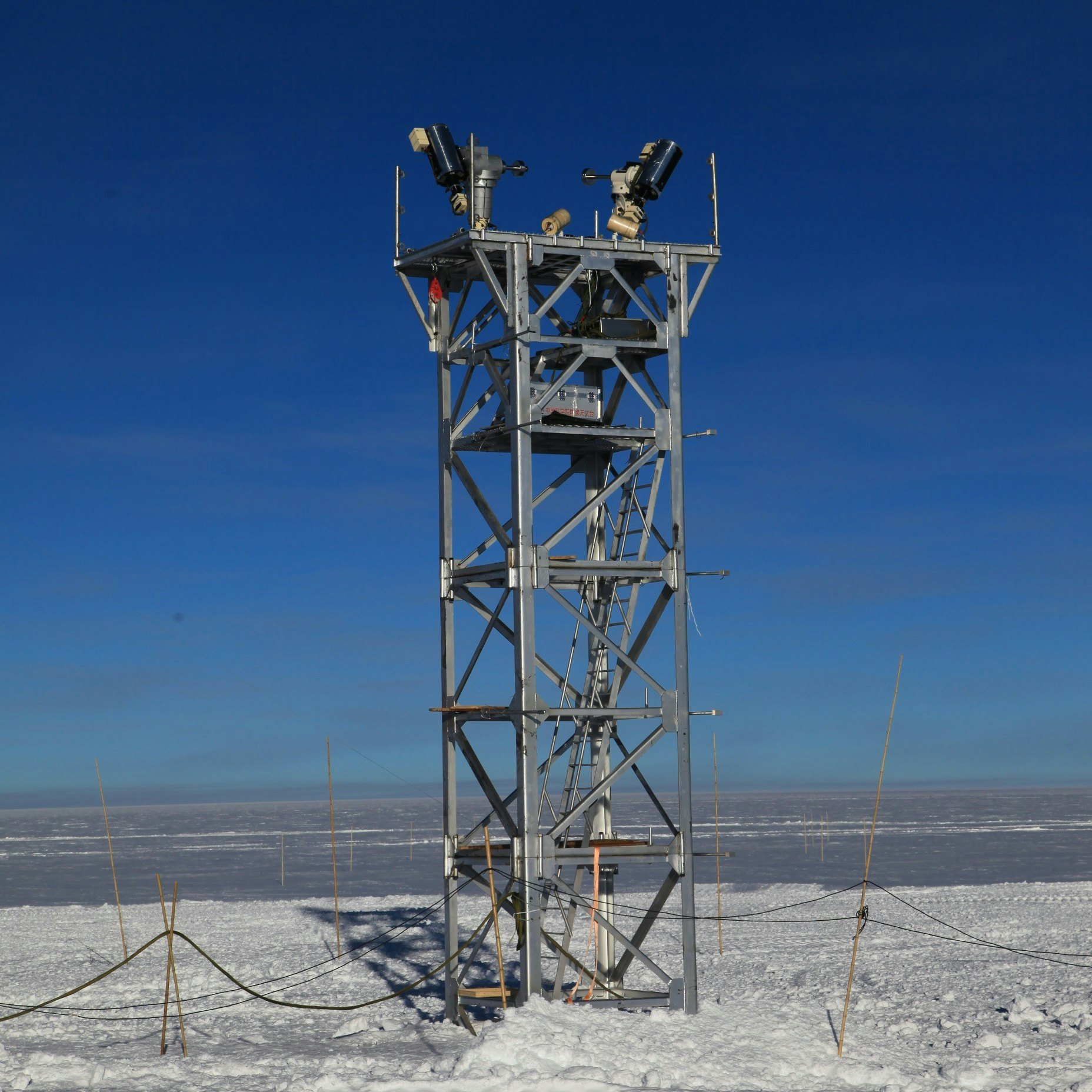You’ll have to travel far to get to the world’s best stargazing spot
Aug 13, 2020 • 2 min read

A new study has found that the best place on Earth to see stars © Denis Belitsky//Shutterstock
You'll have to go far to get to the best place on Earth to see stars, as a study has found that it is located at a remote site in Antarctica. When stars are observed from a telescope on a plateau 4000m above sea-level called Dome A (Dome Argus), they can be seen without their distorting twinkle, which means they can be viewed in much greater detail.

Turbulence in the Earth’s atmosphere makes light emitted from the star wobble as it completes its light years-long journey to the lenses in our eyes and telescopes, which is what makes them appear to be twinkling. Dome A is located south of Australia's Davis Station in Antarctica, and scientists have shown that the conditions at the plateau lend themselves perfectly to viewing stars from Earth with greatly reduced interference from atmospheric turbulence. It is almost completely flat for many hundreds of kilometers in every direction, making its atmosphere very stable.

The KunLun Differential Image Motion Monitor is the name of the telescope that was installed at Dome A and placed on an eight-meter platform, which raised it above the steep temperature gradients near the ice. There is also a strategic advantage in the location of Dome A – which is 900km from the South Pole – over other areas on Earth at more hospitable latitudes. Being so far from the equator, polar nights of 24 hours or more of darkness in mid-winter open up a much wider window to view stars and planets around them can be found much more effectively.
“Dome A is the highest point in the central plateau region of Antarctica, and the atmosphere is extremely stable here, much more so than anywhere else on Earth,“ says Professor Michael Ashley, an astronomer with UNSW’s School of Physics, who was part of Chinese-led research team of scientists that built and set up the telescope system at Dome A. "The result is that the twinkling of the stars is greatly reduced, and the star images are much sharper and brighter.”
To read the complete paper published in Nature, please see here.
Lockdowns are easing globally as the planet adjusts to a new normal. Find out how COVID-19 is changing travel.
You might also like:
The Pacific island of Niue is the first whole country to become a dark sky nation
Astrotourists love these Dark Sky Communities for urban stargazing




